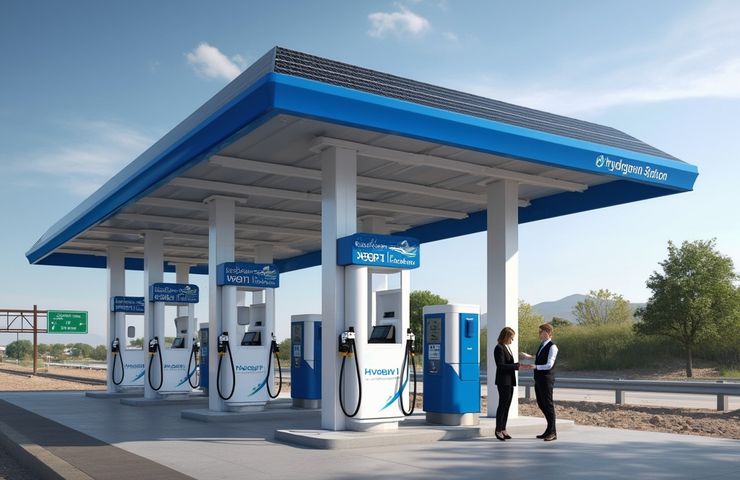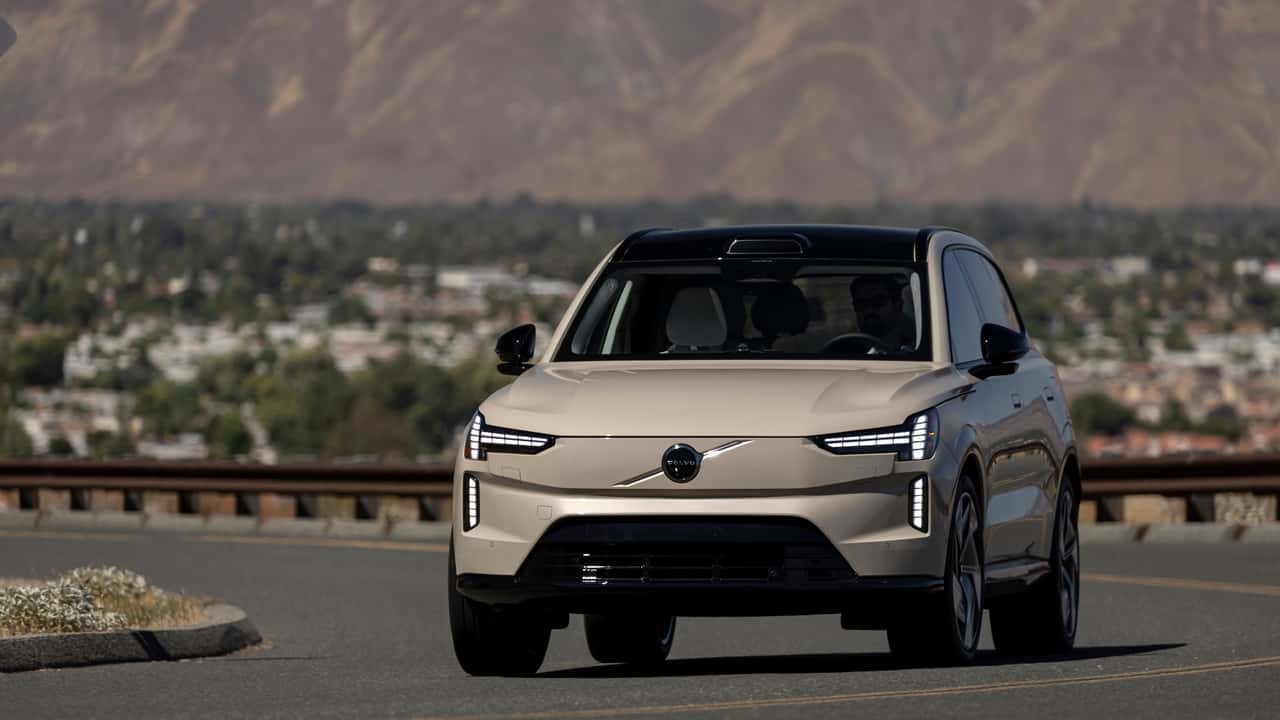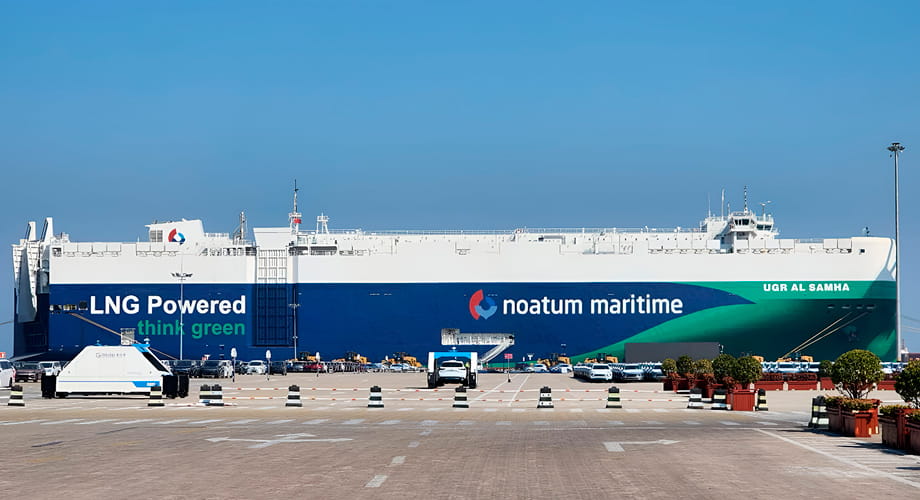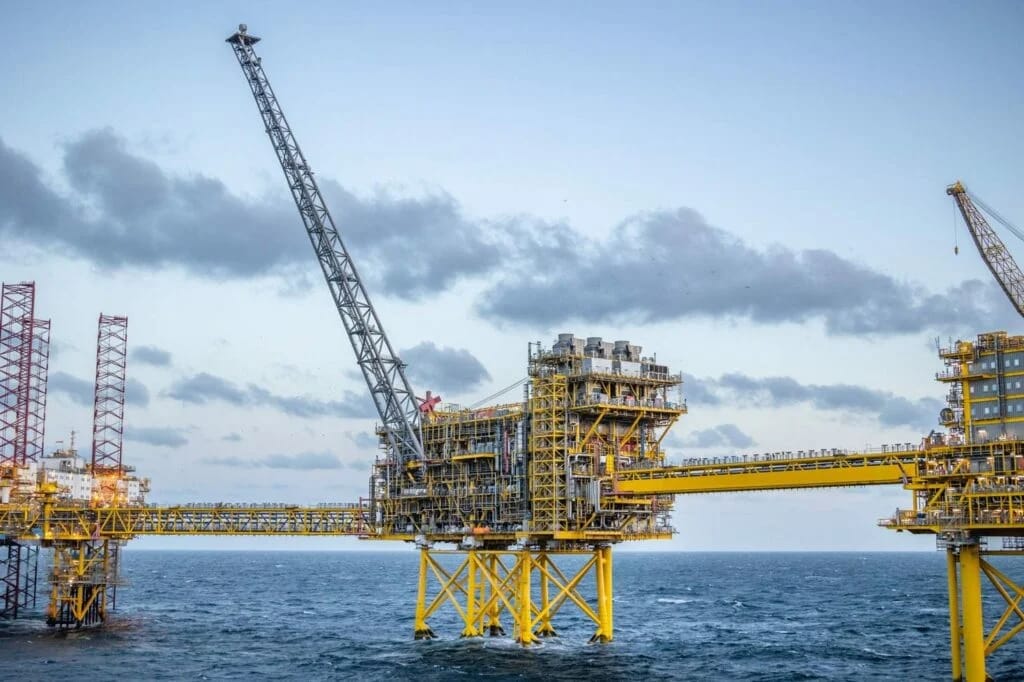Hydrogen Fuel Cell Buses in Europe: Promise, Progress, and Persistent Challenges
Hydrogen fuel cell buses are hitting the streets across dozens of European cities, fueled by bold climate goals and a…
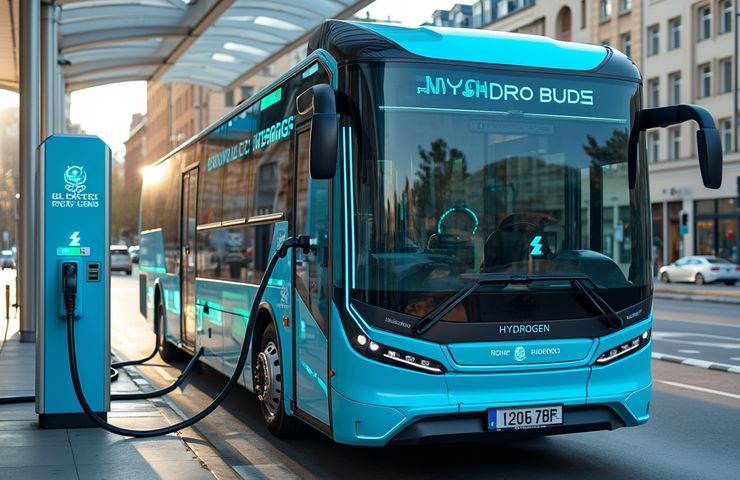

Hydrogen fuel cell buses are hitting the streets across dozens of European cities, fueled by bold climate goals and a flood of public and private investment. But while the vision looks great on paper, the real-world rollout paints a more complicated picture—showing both encouraging progress and some lingering bumps in the road as Europe attempts to scale up zero-emission technology.
Europe’s Big Hydrogen Bus Bet Gets Real
With its sights set on becoming climate-neutral by 2050, the EU has leaned into hydrogen buses as a big part of its push for greener urban transport. Cities like London, Aberdeen, and Cologne have all rolled out hydrogen bus fleets to test how these vehicles perform in the real world. Backed by major players—think Van Hool, Solaris, and Ballard Power Systems supplying the fuel cell tech—these trial runs are about more than just moving people. They’re about building a new kind of transit from the ground up.
On the support side, companies like Air Liquide and Linde are helping get the hydrogen infrastructure in place. Meanwhile, policy pieces like the Fit for 55 package and the European Clean Hydrogen Alliance are driving momentum from the top down, focusing on green hydrogen production and new decarbonized industrial regions, known as hydrogen valleys.
A Mixed Bag of Results
In terms of performance, the buses are holding their own. They’ve proven they can match diesel vehicles when it comes to range and daily operation. In some cities, they’re even outperforming expectations with smoother rides and quieter streets—earning public approval along the way.
Still, not everything runs like clockwork. Some buses have run into issues with cold-weather performance, fuel storage design, and longer-than-expected maintenance cycles. And then there’s the cost. Simply put, hydrogen buses aren’t cheap. Upfront costs are high, and even the day-to-day running expenses are steeper than those of battery-electric buses, mostly because hydrogen fuel and parts remain pricey, and manufacturing is still finding its footing.
Why It Matters for Policy and Industry
These buses aren’t just about clean commutes—they represent a crucial piece of the puzzle for building out a broader hydrogen economy and tackling industrial decarbonization. Every test run informs decisions about where to build fueling stations, how to design supply chains, and what kind of financial support or regulations are needed to make this work long term.
For makers like Van Hool and Solaris, getting in early means gaining experience and positioning themselves ahead of the curve. On the tech side, fuel cell developers are tweaking power output and pushing for more rugged, reliable systems. And transit authorities? They’re getting savvier—demanding better pricing models, tighter integration with scheduling software, and higher vehicle uptime before signing off on big purchases.
So Where Do We Go From Here?
The headline? Hydrogen buses work—they’re technically sound, but still too expensive and too infrastructure-dependent to be rolled out everywhere just yet. They’re incredibly useful for certain scenarios, especially in cities with long routes or hilly terrain where batteries may fall short. But they’re not the universal answer.
Instead, think of hydrogen buses as a strong complement to electric buses. They don’t need to compete head-to-head—instead, they fill in the gaps where battery tech can’t quite deliver. That said, for real growth to happen, countries will need to get smarter about where each type of bus makes the most sense and invest accordingly. As the EU doubles down on green hydrogen and ramps up funding, we’ll likely see this shift from scattered trial runs to full-scale transit platforms.
The Bottom Line
Europe’s hydrogen bus trials make one thing crystal clear: cleaning up urban transit is doable, but it takes more than good intentions. The buses are getting better. Policies are heading in the right direction. But scaling this up takes patience, money, and smarter planning. Whether these early pilots become permanent fixtures depends on how quickly we can close the cost gap—and build out the systems that make clean mobility truly sustainable.
What's Your Reaction?











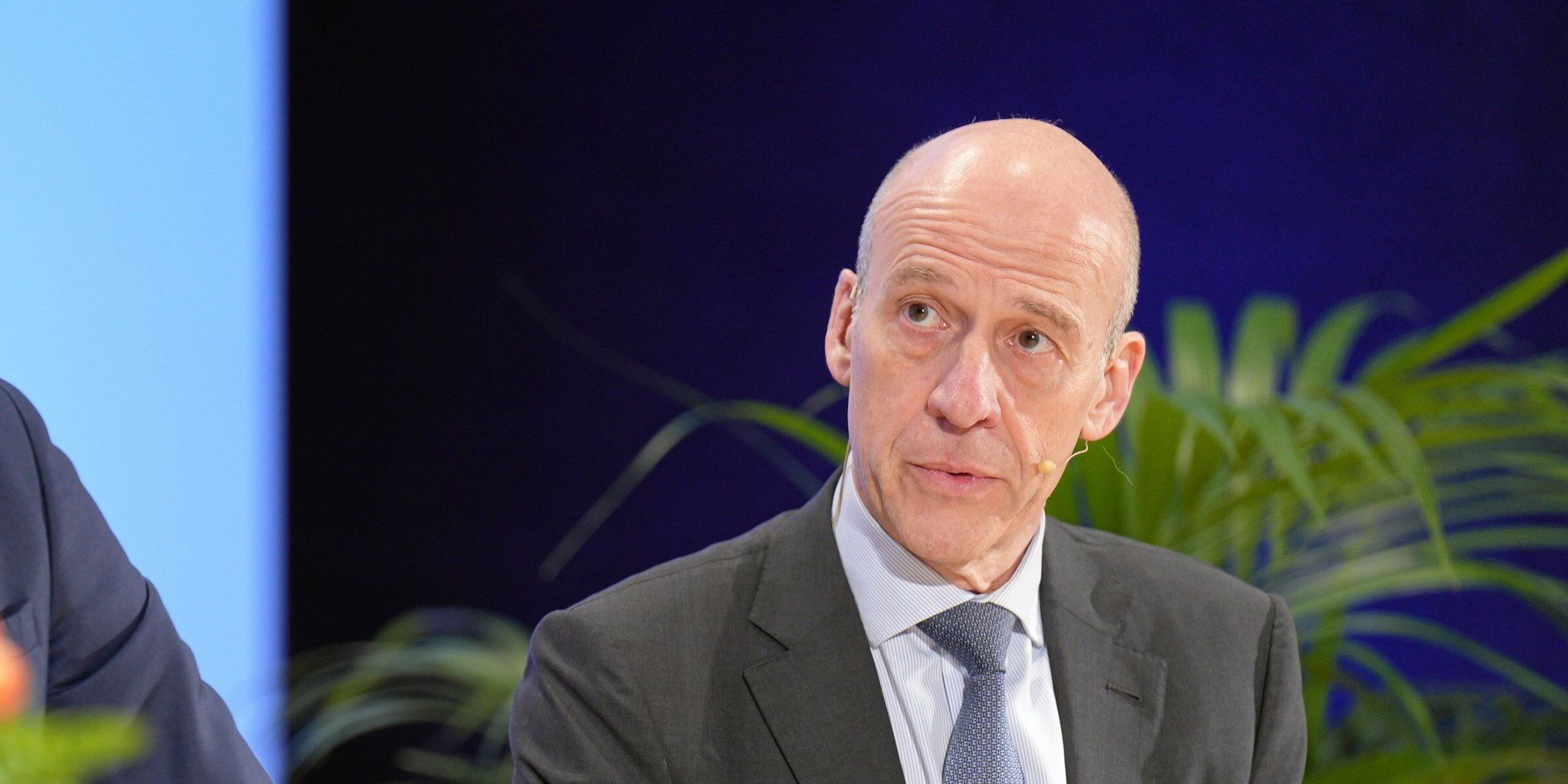





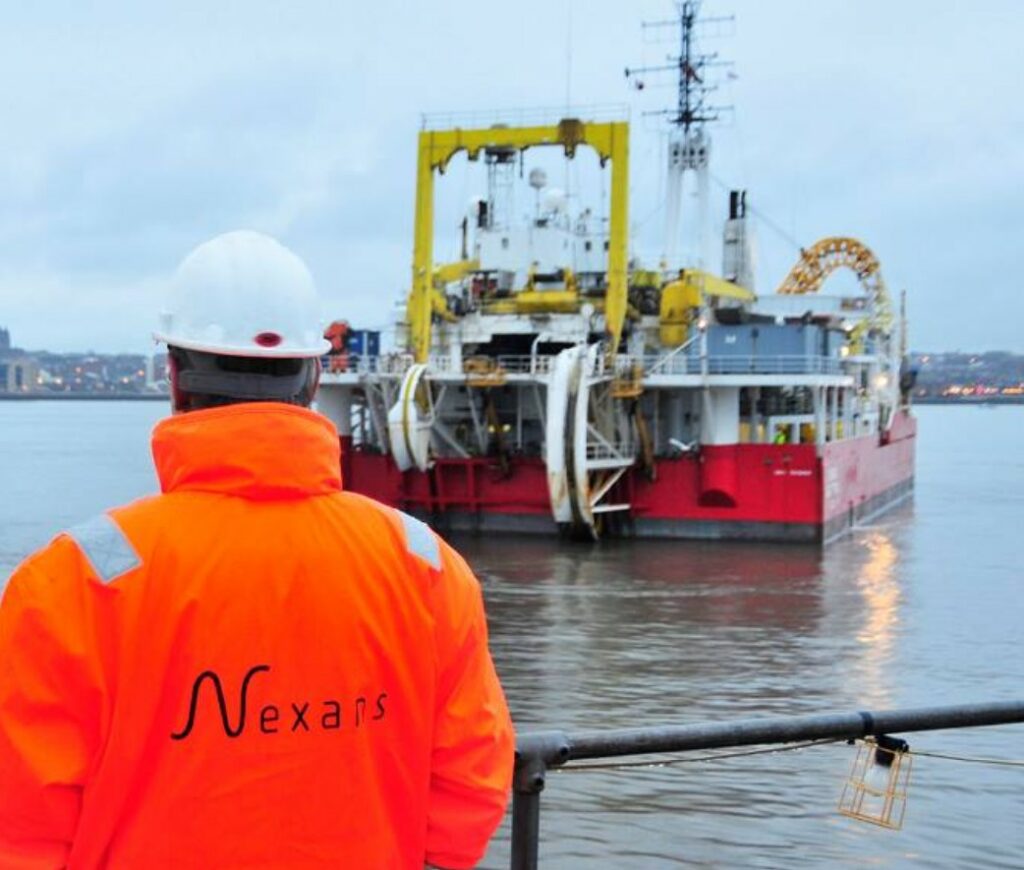

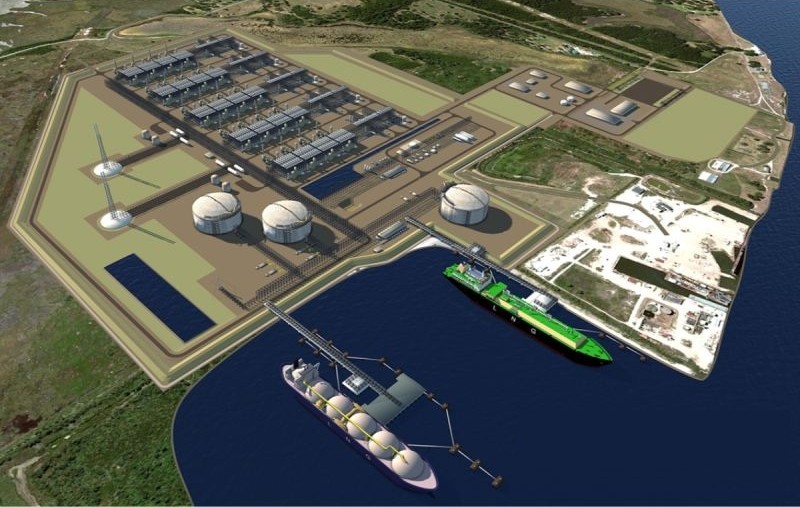


![[Upcoming Webinar] Addressing the Wind Industry's €25 Billion Annual Wake Loss Problem](https://www.windesco.com/hubfs/Swarm%20webinar%20cover%20image.png)

